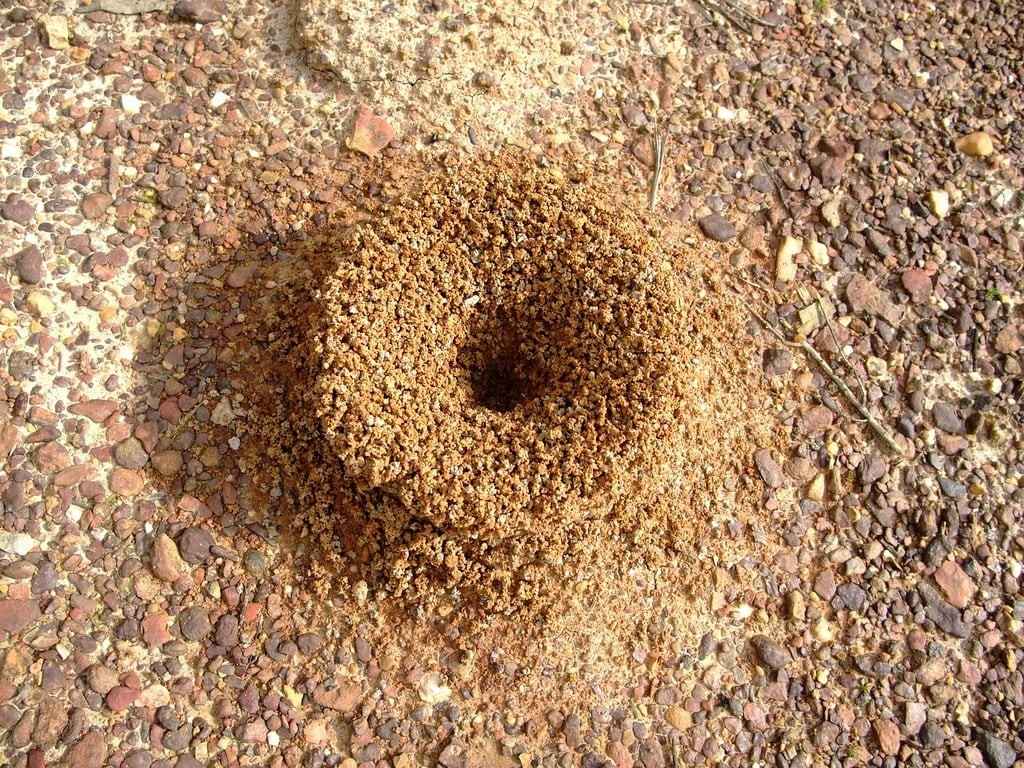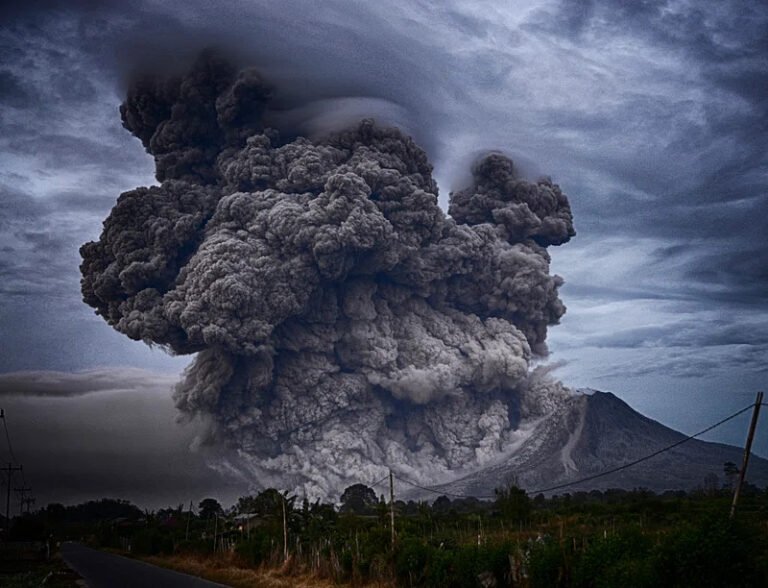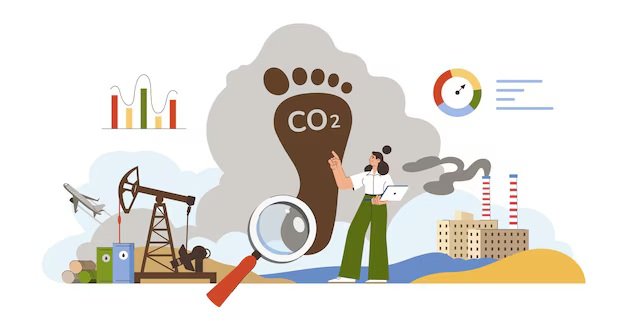What Do Ants Do for the Environment?
When we think about important animals, we often picture lions, whales, or elephants—rarely ants. But just below our feet is a busy world where ants are quietly keeping ecosystems in balance. I used to think of them only as pests, especially during hot months when they’d march through my kitchen like they owned the place. But after shadowing an entomologist for a week, I saw them in a completely new light.
Ants are ecosystem engineers. They turn soil, spread seeds, clean up decaying matter, and even control pests—playing a much bigger environmental role than we realise. According to studies, their activity improves soil health and helps plants thrive. Some species are even key allies in farming, naturally reducing harmful insects.
This guide explores the environmental power of ants through real stories, expert insights, and the latest science, showing why these tiny insects are a big deal for our planet.

In This Article
- 1. Ants as Soil Engineers
- 2. Ants as Decomposers and Nutrient Recyclers
- 3. Ants and Seed Dispersal (Myrmecochory)
- 4. Predators and Pest Control Agents
- 5. Ecosystem Indicators and Biodiversity Builders
- 6. Symbiosis and Mutualism in Action
- Conclusion:
1. Ants as Soil Engineers
As ants construct their tunnel systems, they aerate the soil, allowing water and air to penetrate more deeply. This natural tilling enhances water infiltration and promotes root growth, much like a farmer ploughing a field. The result is looser, darker, and more fertile soil, which is ideal conditions for plant development.
Dr. Deborah Gordon, a Stanford University biologist, emphasises ants’ ecological significance, noting that they redistribute nutrients and create microhabitats for other organisms, playing a crucial role in ecosystem dynamics.
Scientific studies support these observations. Research published in the Journal of Applied Entomology indicates that ant activity alters soil properties by increasing organic matter and nutrient content, which in turn enhances soil fertility and structure. Additionally, scientists have found that soils inhabited by ant colonies have higher levels of nitrogen and organic matter compared to ant-free areas, leading to improved plant performance.
In the Lamto savannah of Côte d’Ivoire, a 2023 study revealed that ant nests are associated with higher concentrations of organic matter, carbon, and nitrogen beneath grass tufts. These nutrients are essential for plant growth and indicate the ants’ role in enhancing soil fertility.
Moreover, ants contribute to the diversity of soil microbial communities. A study published in PubMed found that ant colonies promote the richness and relative abundance of rare taxa of fungi and bacteria, highlighting their role in maintaining healthy soil ecosystems.
Key takeaway: Ants are indispensable soil engineers. Their activities not only improve soil structure and fertility but also support a diverse and thriving ecosystem beneath our feet.

2. Ants as Decomposers and Nutrient Recyclers
One of their most important roles is as decomposers and nutrient recyclers. By collecting and breaking down organic materials like fruit waste and dead insects, ants accelerate decomposition and enrich the soil, which in turn supports plant growth.
Research has shown that ants are incredibly efficient at this task. For instance, a study conducted in the rainforests of Malaysian Borneo found that ants were responsible for removing more than half of the food resources from the forest floor, including dead animals and plant matter. This activity not only speeds up decomposition but also creates nutrient-rich hotspots where plants and microbes can thrive.
The impact of ants on decomposition is significant. Without ants, fruit waste might take around 12 days to decompose, but with their involvement, it breaks down in just 5 days. Similarly, dead insects decompose in 3 days with ants, compared to 8 days without them. This faster decomposition leads to a 42% increase in nutrient uptake from fruit waste and a 58% increase from dead insects.
Farmers have taken notice of these benefits. In rural Kenya, for example, some farmers have started encouraging certain ant species around their crops after observing quicker decomposition of plant debris and improved yields. By fostering a healthy ant population, these farmers are naturally enhancing soil fertility and supporting plant growth.
Ants also contribute to soil health through their nesting activities. Their nests are often rich in nutrients like nitrogen, which are essential for plant growth. Studies have found that ant nests can significantly increase soil fertility, benefiting the surrounding plant life.
Key takeaway: Ants play a crucial role in maintaining the balance of our ecosystems. Their work as decomposers and nutrient recyclers not only supports plant growth but also contributes to the overall health of the environment.
3. Ants and Seed Dispersal (Myrmecochory)
Ants are vital allies in the spread of plant species, particularly in forests and grasslands. This process, called myrmecochory, involves ants carrying seeds to their nests, which are rich in nutrients and safe from many dangers. The seeds often have a special part called an elaiosome, which is rich in lipids and attracts ants. Once the ants eat the elaiosome, they discard the seed in their nest, providing an ideal spot for it to germinate.
Research has shown that over 11,000 plant species rely on ants for seed dispersal, accounting for about 4.5% of all flowering plants. This mutualistic relationship is especially common in Mediterranean regions, where it serves as a dominant form of seed movement.
Dr. Megan Frederickson from the University of Toronto emphasises the importance of ants in plant regeneration, particularly in areas affected by disturbances like fires. She notes that without ants, many native plants would struggle to regenerate in such landscapes.
In the semi-arid Caatinga region of northeast Brazil, researchers have documented a typical example of ant-assisted seed dispersal. A study published in the Annals of Botany found that ants played a significant role in moving seeds of various Euphorbiaceae species. These ants transported seeds away from parent plants and deposited them near or within their nests. Notably, seeds placed in ant nest soils exhibited higher germination rates and improved seedling growth compared to those in other areas. This behaviour supports the “directed dispersal” hypothesis, suggesting that ants contribute to plant propagation by relocating seeds to nutrient-rich and favourable microhabitats.
Key takeaway: By transporting seeds to safe, nutrient-rich environments, ants not only secure food for themselves but also facilitate plant growth and biodiversity.
Learn More: How Do Snakes Help the Environment?
4. Predators and Pest Control Agents
Ants are natural predators, feeding on pests like termites, caterpillars, and even cockroaches. By doing so, they help control pest populations in both wild and agricultural settings.
In farming, especially in crops like cocoa and coffee, ants have shown their worth. A comprehensive study analysed data from 28 studies across 15 countries. It found that ants significantly reduced the abundance of non-honeydew-producing pests, leading to decreased plant damage and increased crop yields. For instance, in shaded crop systems, ant presence reduced pest abundance and enhanced crop yield by up to 32%.
Moreover, ants are generalist predators, meaning they hunt a variety of pests that damage fruits, seeds, and leaves. A study highlighted in The Guardian emphasised that a greater diversity of ants generally provides more protection against a wider range of pests. With proper management, ants can be more effective than pesticides in increasing crop yields over time, especially in diversified farming systems like agroforestry.
However, it’s essential to note that not all ants are beneficial. Some species, like the red imported fire ant, can be invasive and harmful to both humans and the environment. In Australia, for example, fire ants pose a significant threat, leading to extensive eradication efforts and substantial economic implications.
Key takeaway: While ants can be invaluable allies in pest control, their impact varies depending on the species and the ecosystem. Understanding and managing their presence can lead to more sustainable and effective pest control strategies in agriculture and beyond.
5. Ecosystem Indicators and Biodiversity Builders
Ants are often the first to respond to environmental changes, making them excellent bioindicators. Their diversity also supports a wider web of species, from fungi to birds.
“If you want to understand the health of an ecosystem, look at its ants,” suggests Dr. Mark Moffett, entomologist and author of Adventures Among Ants.
Conservationists use ant diversity to monitor reforestation progress. More ant species often mean a healthier, more complex ecosystem. For instance, a study in the Australian wet tropics developed an Ant Forest Indicator Index (AFII) to assess rainforest restoration. They found that ant communities in restored areas began to resemble those in mature forests after 5–10 years, indicating successful ecological recovery.
Key takeaway: Ants’ sensitivity to environmental changes and their role in supporting biodiversity make them invaluable in conservation efforts. By studying ant populations, we gain insights into the health and progress of ecosystems undergoing restoration.
6. Symbiosis and Mutualism in Action
Ants play a pivotal role through mutualistic relationships that benefit not only themselves but also the broader ecosystem. One of the most remarkable examples of this is the partnership between ants and the whistling thorn acacia tree (Vachellia drepanolobium) in East Africa. This mutualistic relationship is a powerful example of nature’s delicate balance, where both parties benefit and, in turn, help sustain the larger ecosystem.
The acacia tree offers more than just shelter to these ants. It provides hollow thorns, known as domatia, which serve as cosy homes, and secretes nectar at the base of its leaves, ensuring a steady food supply. In exchange, the resident ants act as vigilant guardians. They aggressively fend off herbivores like elephants and giraffes, which might otherwise decimate the tree’s foliage. This defence mechanism is so effective that areas with active ant populations see significantly less browsing damage compared to those without.
However, this delicate balance faces threats from invasive species. The introduction of the big-headed ant (Pheidole megacephala) has disrupted this harmony. Unlike the native ants, these invaders don’t defend the acacia trees. Their presence has led to increased herbivory, resulting in reduced tree cover. This loss doesn’t just affect the trees; it cascades through the ecosystem. For instance, lions, which rely on dense vegetation for stalking prey, find hunting more challenging in these altered landscapes.
Beyond the African savannas, ants engage in mutualistic relationships with other species. Aphids, for example, produce a sugary substance called honeydew, which ants eagerly consume. In return, ants protect aphids from predators, ensuring their continued survival. Such interactions highlight the role of ants in maintaining ecological balance across various habitats.
Learn More: How Do Mosquitoes Help the Environment?
Conclusion:
Ants may be tiny, but their ecological contributions are colossal. They aerate soil, recycle nutrients, disperse seeds, control pests, and maintain ecological balance through complex symbioses. Ignoring them not only undervalues their role but also risks disrupting the systems that sustain life on Earth.
Actionable Takeaways:
- Avoid using broad-spectrum pesticides that harm beneficial ant populations.
- Encourage ant-friendly practices in gardens and farms (e.g., mulch, organic matter, native plants).
- Support conservation programs that include invertebrate biodiversity.
- Educate others about ants’ vital roles through storytelling and school programs.
Let us learn to tread more gently, with awareness of the vast worlds beneath our feet—and the tiny titans keeping them alive.







